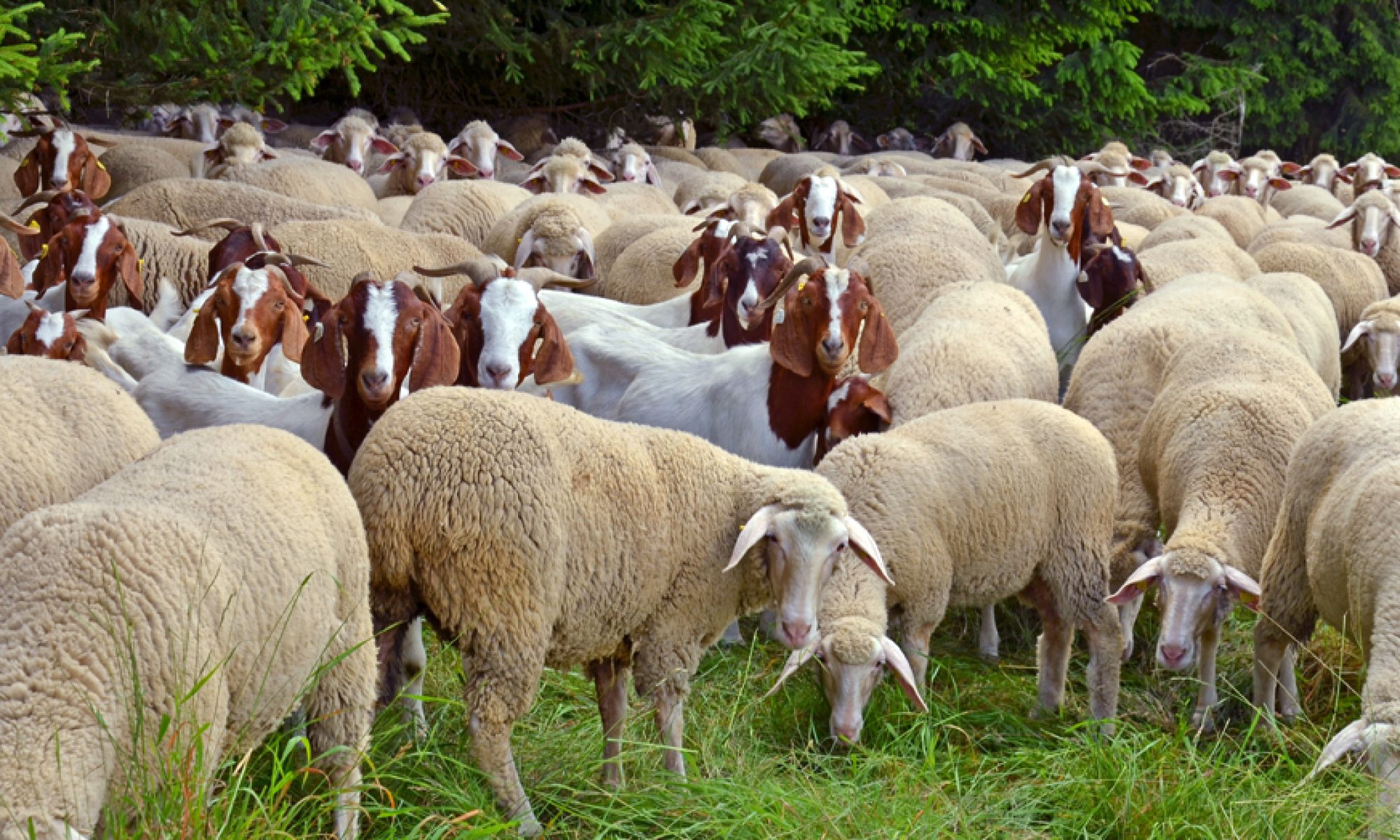Well, they get drunk, of course. After the caviar is served and a few cocktails consumed, the party sits down to fancy entrées, then main courses like Kobe Steak, and a lot of wine. What they talk about is so banal that it encourages drinking. Something like this scenario apparently did in poor Angela Chao who got loaded, befuddled and, on leaving the party, backed her Tesla into a Texas pond where it sank in the mud and killed her.
You can’t blame Tesla for this, though we’d like to. She couldn’t get herself out of the car. The cops said that Angela’s blood alcohol level was about three times over the legal limit. “Chao was the CEO of Foremost Group, the wife of venture capitalist Jim Breyer and the sister of former cabinet secretary Elaine Chao, who is the wife of Senate Minority Leader Mitch McConnell.” The Foremost Group is an American shipping company.
Would we care about any of this if not for the McConnell connection? Probably not. Billionaires and the British Royals keep quiet about their private doings for good reason. Their privacy is their PR, and the public’s unsatisfied curiosity is their stock in trade. It puts them on a media pedestal. VIP parties are especially ridiculous and indulgent.
So what do they talk about? According to one Quora contributor: “Vacations, travel, skiing, boats. Cars, houses, architects, contractors, parties, caterers, charity events, lawyers, their financial planners, investments, stocks, crypto, medical professionals who do cosmetic surgery, nannies, the help, private schools, sleep away camps, etc.”
My friends and I sit down to dinner and talk about none of these things—except maybe travel, on which I had my say here. Our similarly boring discussions focus on the latest political outrage, problems getting city water, health concerns, pets, and food. We could be talking about art, literature, music, philosophy and science. But we don’t.
Because the purpose of entertaining people is not to make them think.













